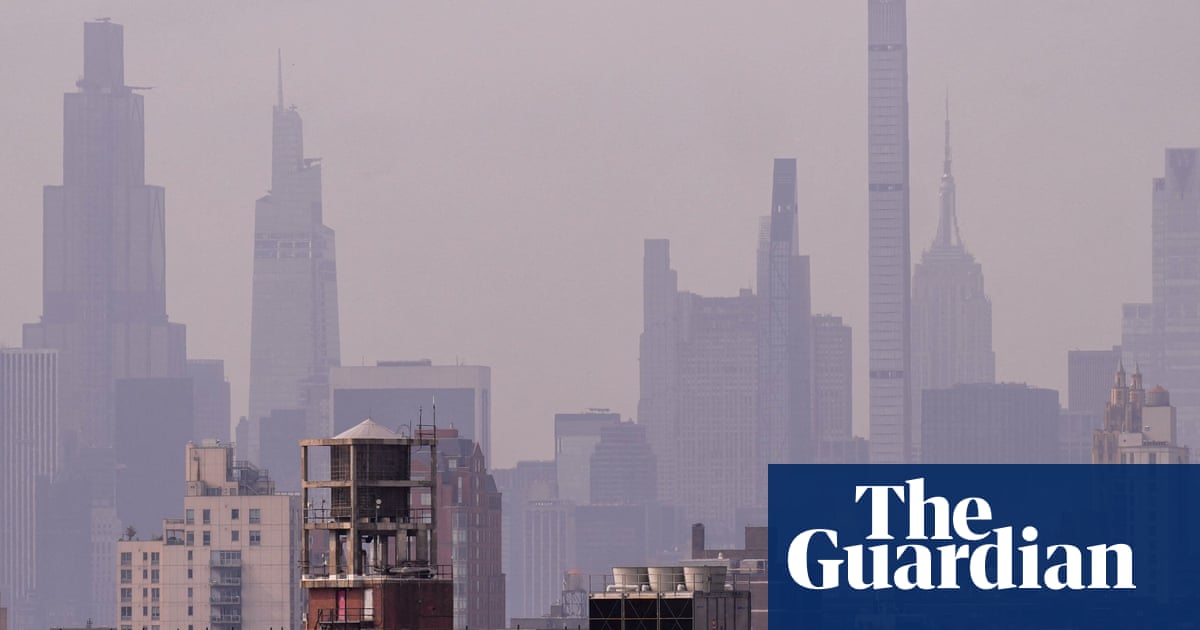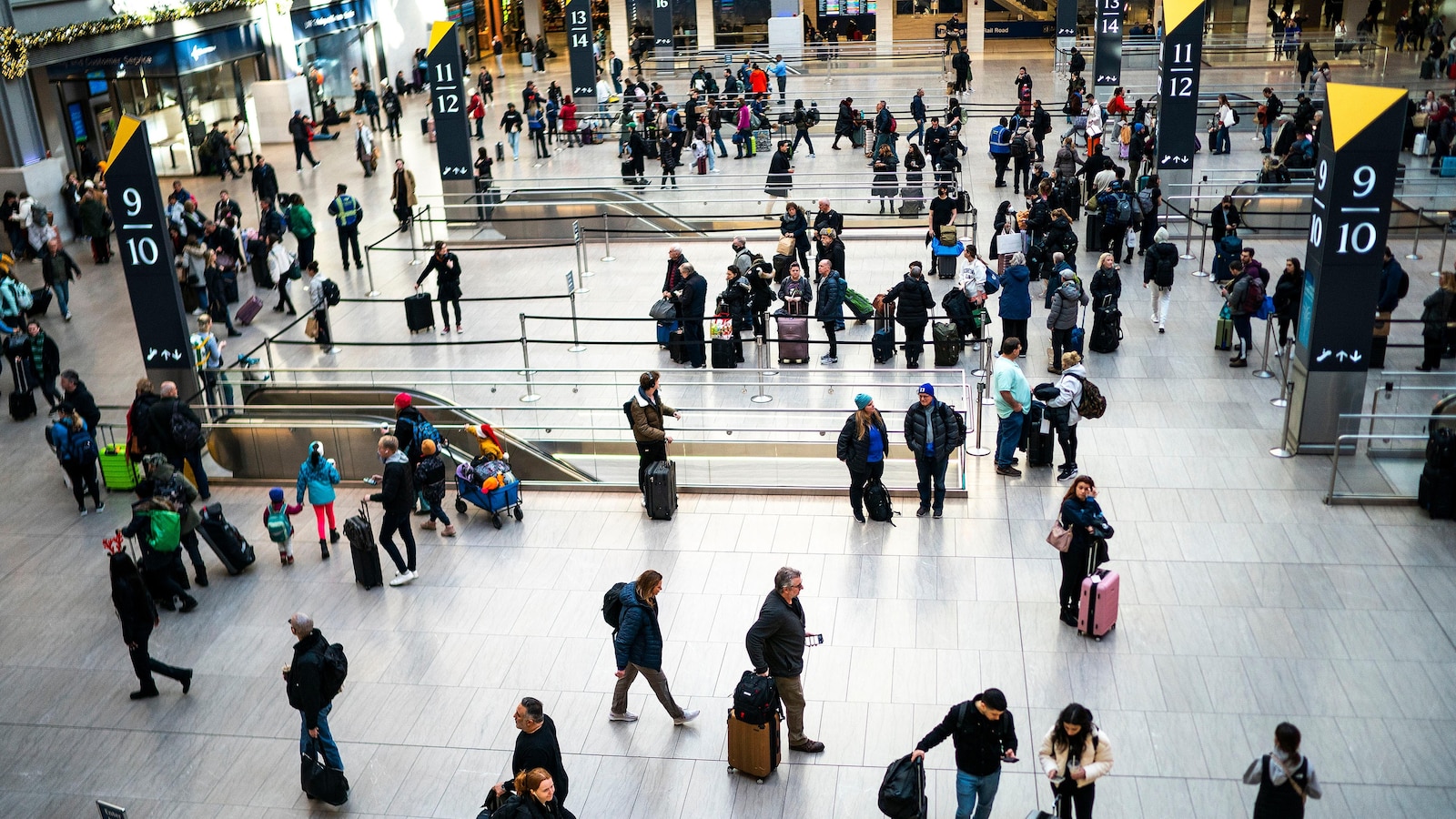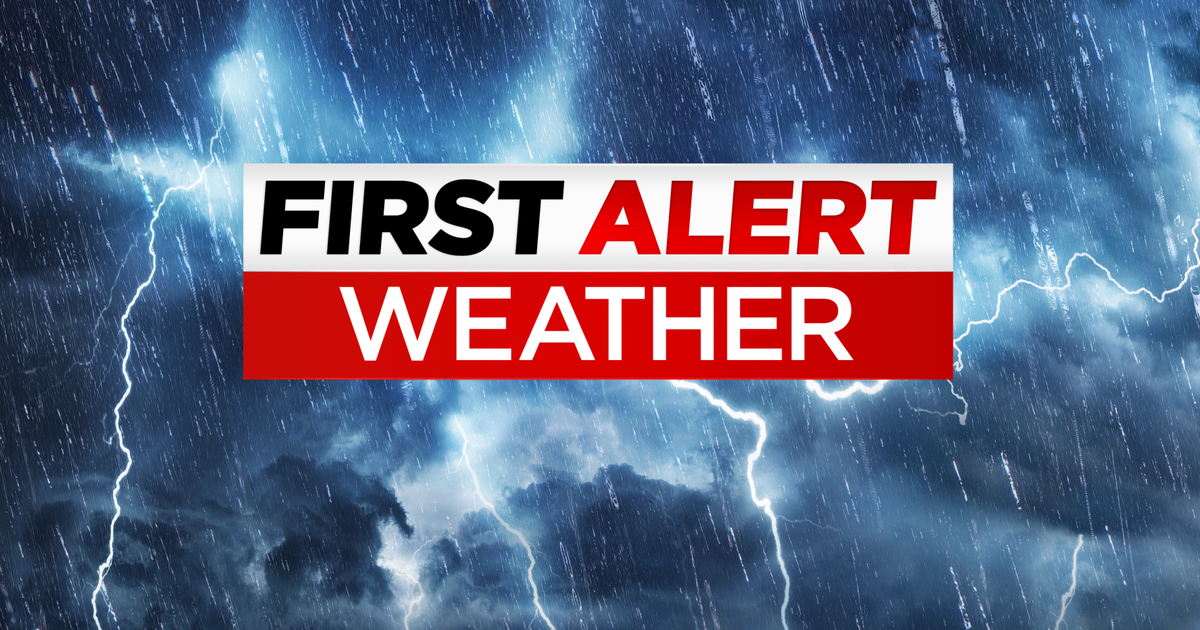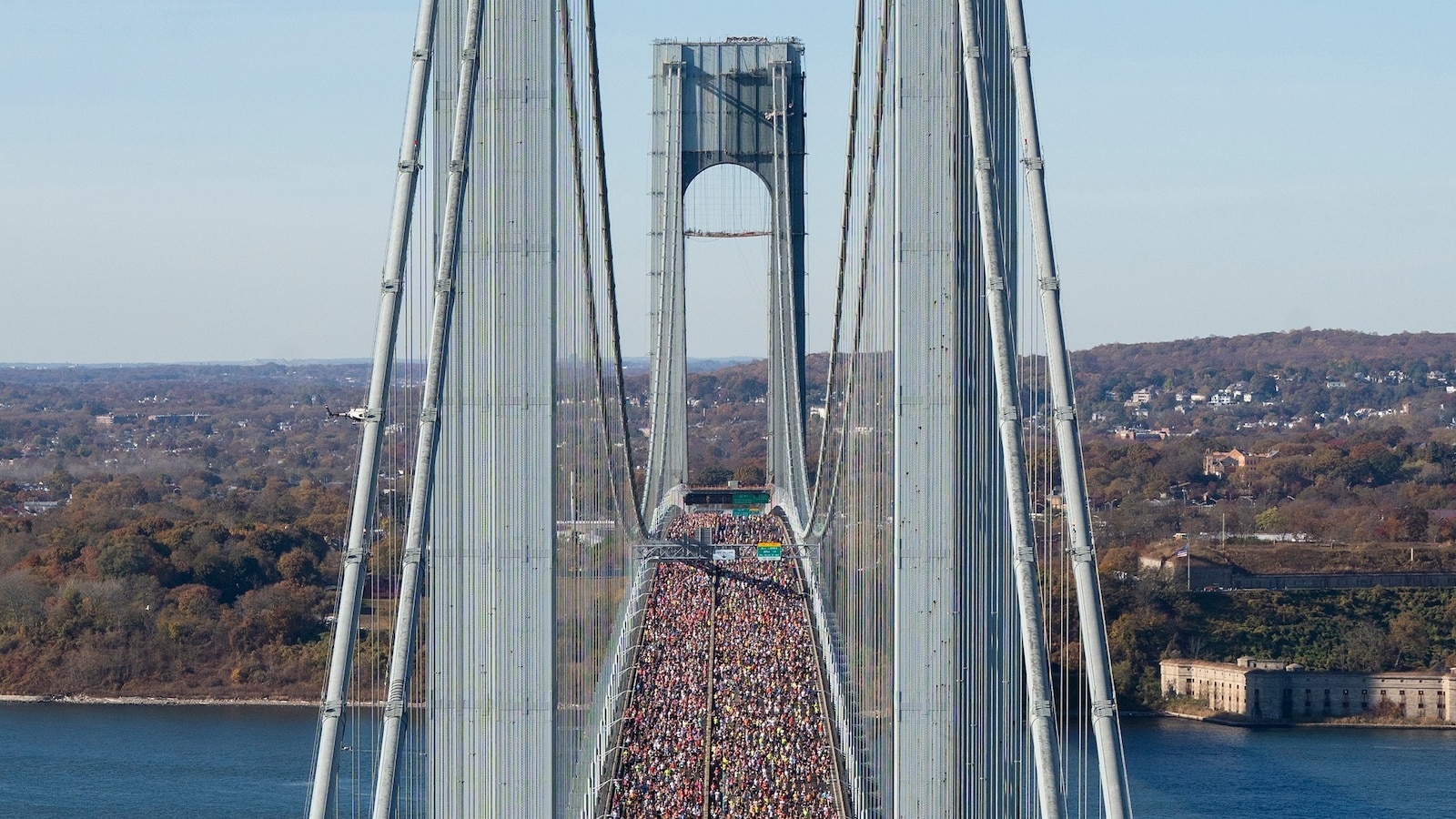Harlem Legionnaires' Disease Outbreak Officially Over
New York City has declared the Legionnaires' disease outbreak in central Harlem over after nearly three weeks. The outbreak resulted in 114 cases, 90 hospitalizations, and sadly, seven deaths. City health officials announced that no new cases have been reported since August 9th.
Mayor Eric Adams stated that while the immediate threat is over, the city must learn from this tragedy and implement new steps to improve detection and response to future outbreaks.
What is Legionnaires' Disease?
Legionnaires' disease is a severe form of pneumonia caused by the Legionella bacteria, often spread through water systems like cooling towers. The most common way to contract the disease is by inhaling mist containing the bacteria.
Those most at risk include smokers, people over 50, and individuals with pre-existing health conditions. Symptoms include cough, fever, headaches, muscle aches, and shortness of breath.
Source of the Outbreak
The investigation traced the bacteria to cooling towers atop Harlem Hospital and a nearby construction site.
City Response and Proposed Reforms
Following the outbreak, all affected facilities underwent thorough cleaning and disinfection. The Adams administration proposed several reforms, including:
- Expanding the health department's capacity to inspect cooling towers.
- Requiring more frequent legionella testing for building owners.
- Increasing the health department's sampling capacity for proactive testing of cooling tower systems.
- Maintaining contracts to handle surges in capacity during future outbreaks.
Acting Health Commissioner Michelle Morse expressed condolences to those affected and emphasized the city's commitment to preventing future outbreaks.


























Comments
Join Our Community
Sign up to share your thoughts, engage with others, and become part of our growing community.
No comments yet
Be the first to share your thoughts and start the conversation!